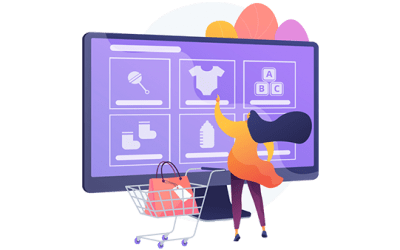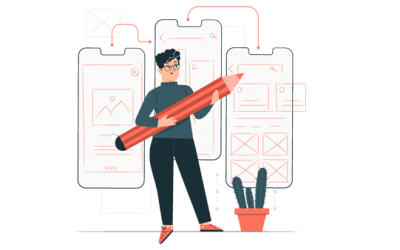Optimizing the conversion rate of e-commerce (CRO): all the steps to follow
An e-commerce can be considered successful when it manages to sell its products in a good percentage of the number of visits recorded. This is exactly the value measured by the conversion rate. In this article we will show you how to improve a website and to achieve satisfying results through an effective optimization strategy.
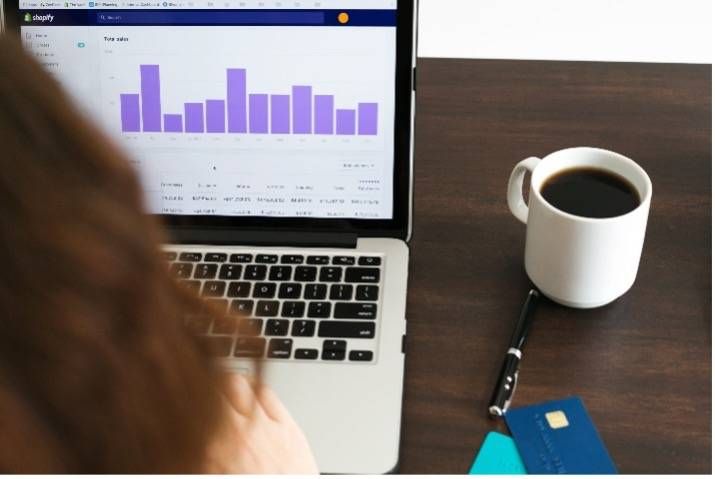
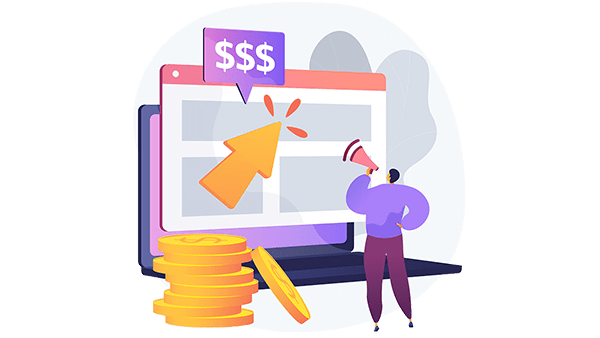
- What does a user expect from an e-commerce today?
- What do conversion and conversion rate mean?
- How to calculate the conversion rate
- The average conversion rate: how to understand if you are moving in the right direction
- How to generate the right traffic by reaching the right target: Conversion Rate Optimization (CRO)
- Speed and conversion rate: why a fast site sells more
What does a user expect from an e-commerce today?
Until recently managing an e-commerce meant above all making sure that the user’s demand always corresponded to an exhaustive answer in terms of product, but today things have changed: in addition to being satisfying from the point of view of the offer, the structure of your online store must also be accessible, engaging and optimized from the user experience point of view. As far as an e-commerce site is concerned, all of these factors translate in an increase in the conversion rate, namely, the percentage of visitors who complete a purchase.
The first step to improve the conversion rate is to start adopting the most suitable strategies for our case among those proposed by the Conversion Rate Optimization, which can also be called “CRO“. Let’s have a look on the importance of optimizing the conversion rate of a website and on how to take full advantage of the signals it returns.
What do conversion and conversion rate mean?
Before defining what the conversion rate is, let’s first clarify what “conversion” means. Conversion is essentially the achievement of a marketing goal by a user. It can be the registration of a user for a specific service, the filling in of an information request form, the visit to a specific page… or what it is considered to be the queen of conversions: the sale of a product or service.
Conversion rate is therefore a behavior, an action that the user performs at a certain point of the conversion funnel, which at best will turn a simple visitor into a registered user, a customer, etc.
If we go back to the sale, which is the most important goal for an e-commerce, the conversion rate is the metric that indicates how many users within the total number of people who visit your site are in fact transformed into customers, or in a nutshell, how much of the overall traffic has been transformed into orders. This is the percentage of the total that allows your e-commerce to exist.
The conversion rate is one of those data called “hard”, which unlike other data does not need any particular explanation. This concept is really well explained by the NN/g experts in the following video.
The user must have a positive experience both within your site and – in the specific case of e-commerce – even afterwards, once the purchase has been completed. If the user feels satisfied with the purchase or with the ease with which he was able to make a return if the product does not meet expectations, your e-commerce will earn trust points and will be able to build customer loyalty. That’s why every detail contributes to making your business work and allows you to increase your sales.
How to calculate the conversion rate
Calculating the conversion rate itself is really simple. It is a question of determining the relationship between the number of orders placed and the number of visits recorded. It will therefore be sufficient to divide the number of purchases by the number of visits and multiply everything by 100, thus obtaining an indicative percentage of the “state of health” of e-commerce.
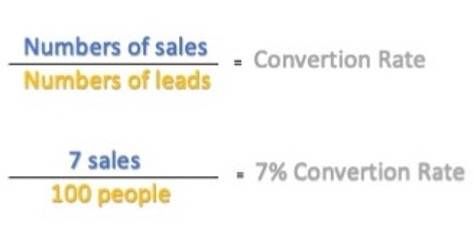
In order to find the necessary data to calculate the conversion rate, you need to have access to a traffic analysis tool, such as Google Analytics. It is a tool that Google provides for free and that allows you to install a tracking code on the pages of your e-commerce. From that moment on, the tool will start collecting all data on registered traffic. It is essential that each page of the site is tracked in order to understand which section attracts the most traffic and which, on the other hand, needs to be optimized. As for e-commerce, of course, it is essential that above all the cart step pages and in particular the checkout page are tracked, because it is right in these steps that users’ patience is put to the test, so it becomes crucial to offer a good user experience.
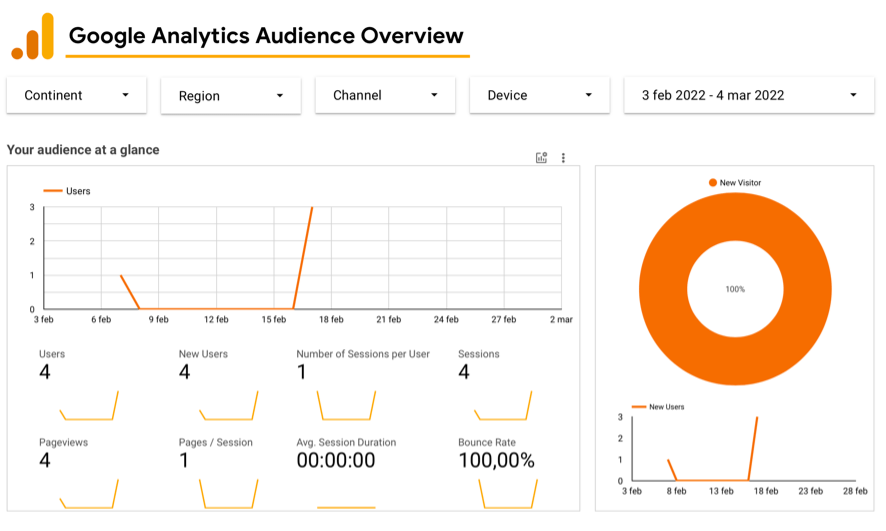
Once realized the importance of a tool like Google Analytics, let’s have a look on how to obtain the data we need.
The number of purchases is first calculated by establishing what should be interpreted as “conversion” by the software in the “objectives” section. Then you can easily extract the number you need from the “overview” section. The number of conversions can also be extracted from the company management system, while also taking into account the period to which the calculation of the conversion rate refers.
As for the number of visits, you will have to access the “acquisition” section. Here, you’ll have to set the reference time window in the menu at the top right. A table will appear with the data relating to the sum of the visits that took place in that period of time.
The average conversion rate: how to understand if you are moving in the right direction
Once the conversion rate has been calculated, how do you know if the percentage obtained indicates a positive result or not? As you know, every business is a world unto itself. The first important step to be successful, is to identify the competitive environment which your business is part of.
So overall, if you move into a B2B market, you know you have achieved a good conversion rate if the value is around 1% and 2%. On the other hand, in B2C market, the evaluation of the optimal conversion rate will also depend on the value of the shopping cart and on the reference sector. There is no specific rule for that, but if an e-commerce has a high-value shopping cart, with purchases from 300 euros, the benchmark is lowered compared to B2B, which means a good conversion rate will be around 1%. If, on the other hand, the average shopping cart is under 50 euros, the average conversion rate will rise to 3-4%.
Obviously, these values will depend on the reference sector. As a matter of fact, if the “Art and Craft” sector moves up to 3.84%, the average conversion rate for “Agricultural supplies” will drop to 0.62%. However, after a thorough analysis of the competitors you will find all the answers you need to identify the right path for success in Google Analytics. You will also understand how to implement the traffic on the site with specific marketing campaigns by analyzing the origin of the it. It’s all about leveraging the right channel in order to reach your target more effectively.
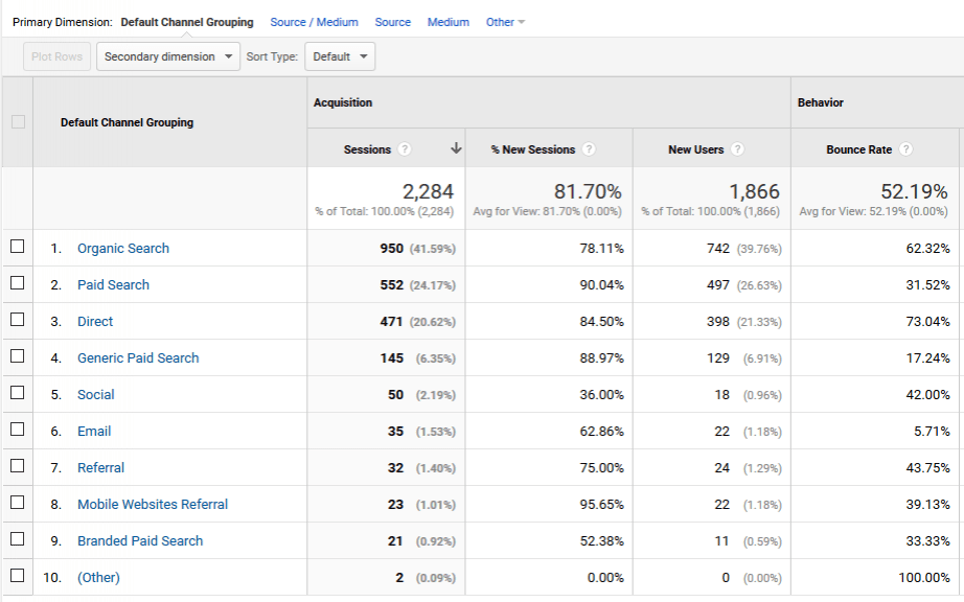
How to generate the right traffic by reaching the right target: Conversion Rate Optimization (CRO)
Are you sure the message your e-commerce aims to convey is reaching the right people? Otherwise, it would be just like sending your resume to the wrong office of a company. If it does not arrive at the right post office box and is not accompanied by a presentation letter in line with the character and ideals of the company, it could be immediately trashed. As a matter of fact, each sector corresponds to a type of target, to which it is necessary to reach through the right means of communication.
- Identify the right target
The first step is therefore to create buyer personas. Who are your potential customers? Getting an idea of what the age range, the geographical area of origin and the social media they might use could be are already enough to understand their digital behavior, to narrow the field and to create a targeted and effective marketing campaign.
- Design the customer journey
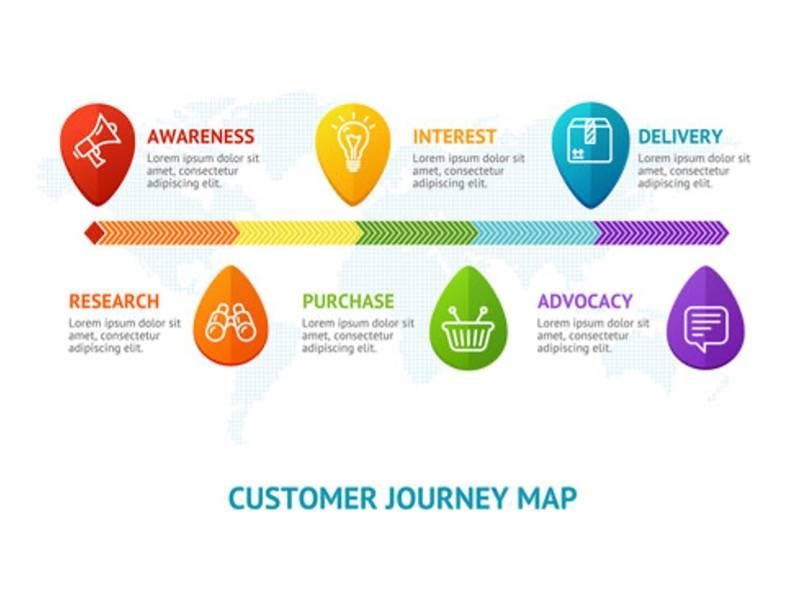
Secondly, try to understand how your customers’ shopping experience develops. What are the main steps? Where does the potential customer stop, not proceeding with the purchase? Your e-commerce must be intuitive and easy to use. The product sheets must provide useful information in a clear way, the internal links must be perfectly functional and the user’s customer journey path must be encouraged through engaging calls to action. Also, the e-commerce platform must have a perfectly responsive design for an optimal browsing experience, both from desktop and mobile devices, such as smartphones and tablets. Netflix is a very effective example of an instant and simple CTA, which follows a clear promise made in a clean design.
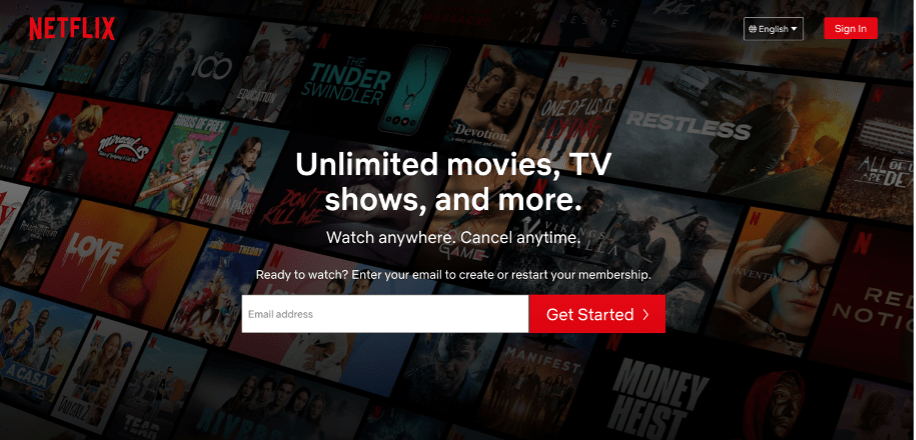
The key to minimizing the abandonment rate and acting on lead generation is to adopt an effective web marketing strategy, with well-defined KPIs and dedicated resources. The user must be clear about what distinguishes your product or service from the competition. To reach this purpose, in addition to a curated and a SEO-optimized product sheet, the reviews of other users are also very useful, for they can provide an extra inspiration during the purchase phase.
- Minimize user effort
The user must also be able to easily find the product within the e-commerce category pages in order to purchase it, as well as have clear information on how to return and ship. Particular attention should be paid to the checkout phase: strive to minimize the number of clicks required to complete the transaction and make sure that all the steps work perfectly.
- Also evaluate other digital touchpoints
Lastly, a solid strategy can never ignore the importance of email marketing with clear and targeted contents, specifically designed to create a touchpoint with the potential buyer and after the purchase phase with the actual customer. The same can be done with SMS-based campaigns. In any case, the cost/benefit ratio must always be carefully evaluated before activating a channel.

Speed and conversion rate: why a fast site sells more
Toda, a user-friendly website is the main conversion rate optimization factor. A user who is able to approach your e-commerce with ease develops trust and will be more inclined to purchase another product in the future, as they will remember having a positive and smooth experience. This is why it is so important to provide a fast-browsing experience with pages that load fast in order to increase the conversion rate.
As a matter of fact: fast websites sell more. According to the statistics compiled by Onlinegraduateprogram.com, one in four people abandon the navigation on a site if its pages take more than 4 seconds to load. Just look at these data provided by Google, which closely relate the conversion rate with the mobile page speed: every second of delay can cost up to 20% less conversions.
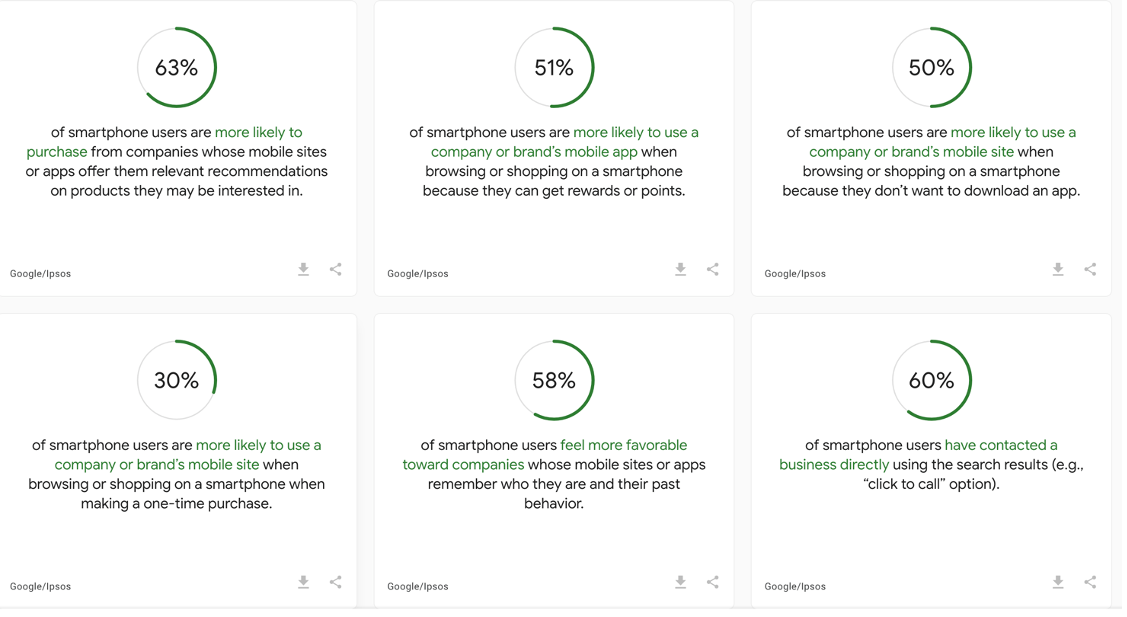
What to do?
- Speeding up the loading of images and product previews is crucial so that the user does not abandon the purchase halfway through the process or turn to a competitor.
- Analyzing the page speed using the free Google tool will allow you to understand where you can improve and what actions to take to ensure that the User Experience is implemented.
Furthermore, the slowness in loading a page would cause a drop in your brand reputation. This could mean difficulties in establishing a relationship of trust with the user or potential buyer. The conclusion would be obvious: conversion rate at historic lows.
Suffice it to say that according to estimates calculated by Amazon, the online sales giant, a slowdown of just one second in the loading of pages could cause a loss in turnover equal to 1.6 billion dollars.
Working to optimize the conversion rate means aiming for continuous improvement, keeping up with the times and being constantly updated on developments in the competitive environment, on changes in consumer tastes and on their way of approaching communication channels. It is also vital to adopt an analytical approach down to the last detail that does not leave nothing to chance.
Insights
News, studies and research on the world of Business Performance. Aimed at managers and staff of companies interested in the growth potential that Digital offers.
User experience: why it is increasingly crucial for the success of an e-commerce
Do you know the first rule for e-commerce? Here it is: “if users can’t find a product, they cannot even buy it”. Full stop. And breaking this simple rule is easy, even without knowing it. You only need an item poorly displayed in the digital showcase, described with insufficient information or hard to reach due to a slow website, to blow up even the most refined branding, marketing and communication strategies.
Making Money? It Only Takes a Tenth of a Second
Here’s why increasing the loading speed of your website even by just a tenth of a second can make a difference of up to 10% when it comes to online sales. Research from business intelligence experts is very clear: user experience on smartphones is worth more than the actual product and brand.
E-commerce sites: the winner offers the best experience in the ‘messy middle’
The tightly-fought playing field centres around mobile functionality and the outcome of the match is decided in a matter of seconds – right in the middle of the customer journey – which is the most delicate part of the whole operation. Here’s how and why to get ready.
Master Core Web Vitals and boost your business
To configure the platform we need information and technical specifications.
Set a call to learn more

